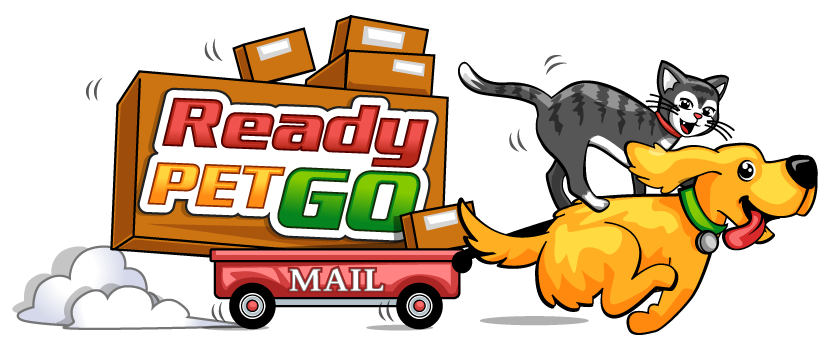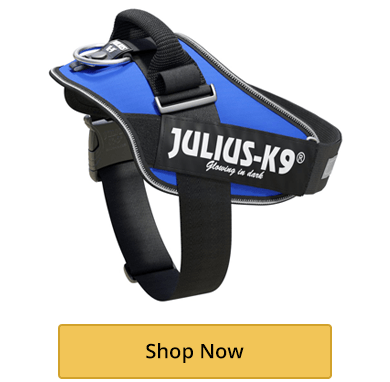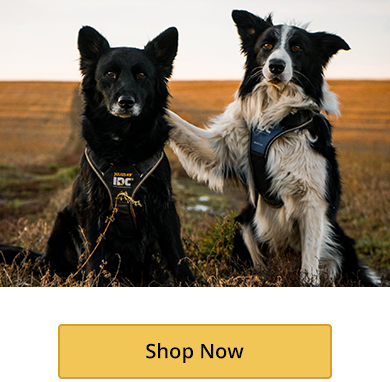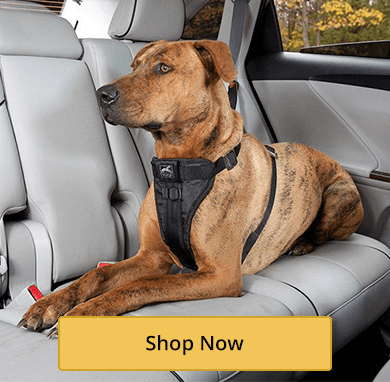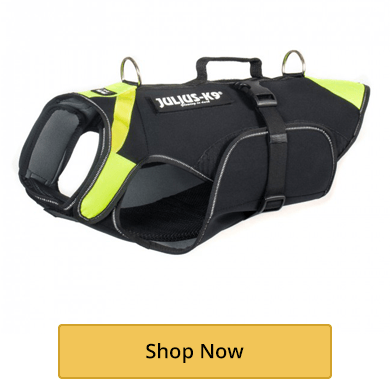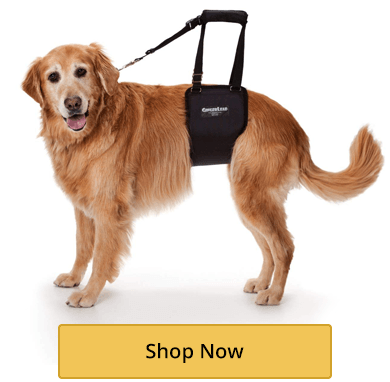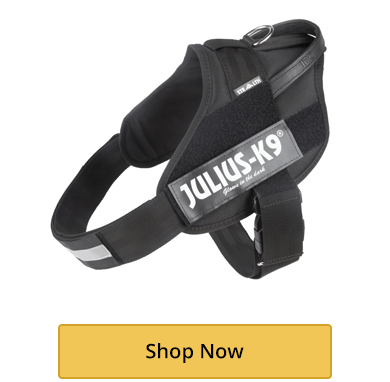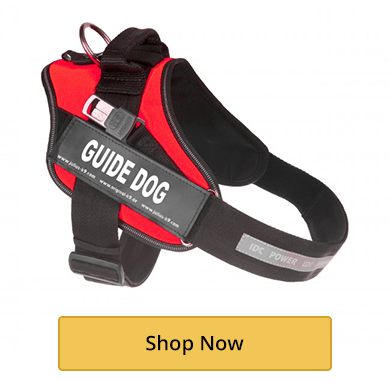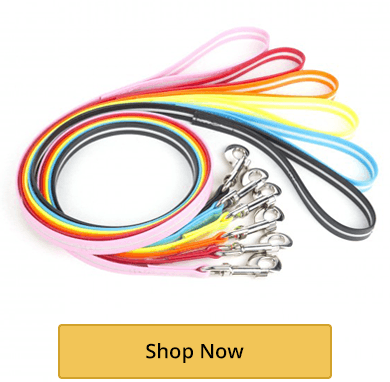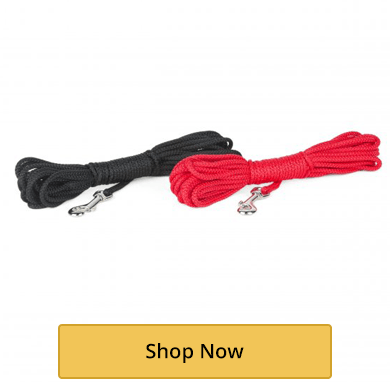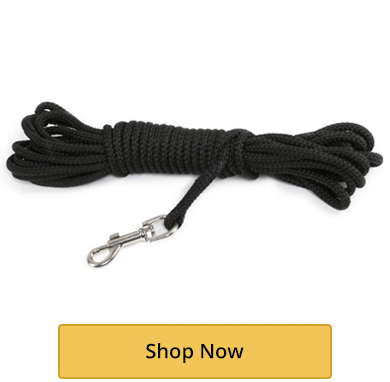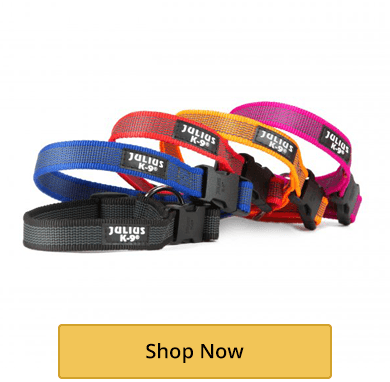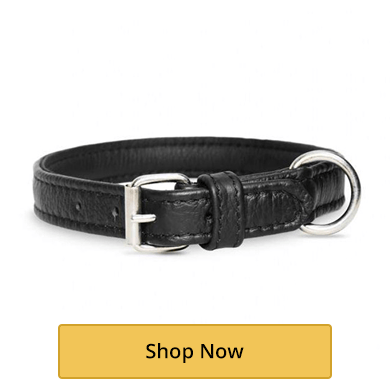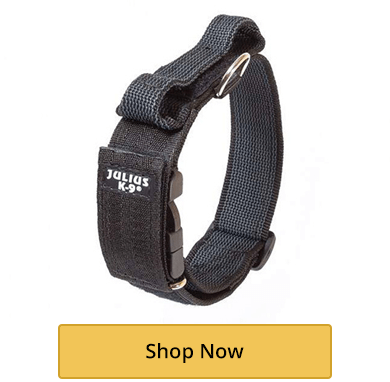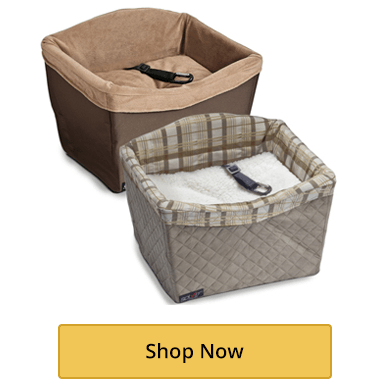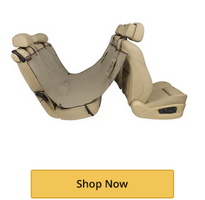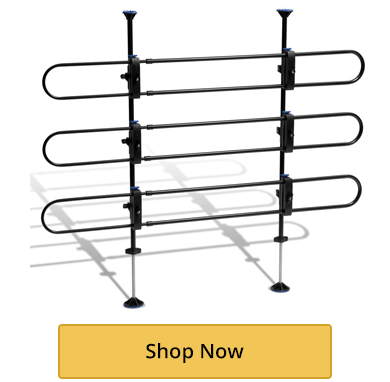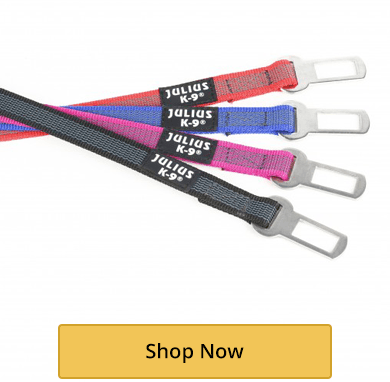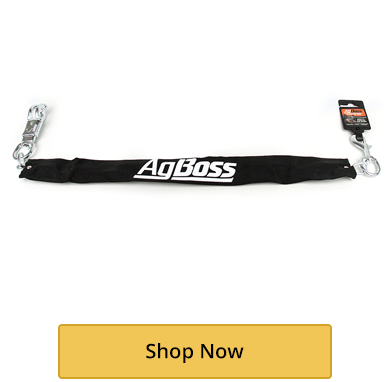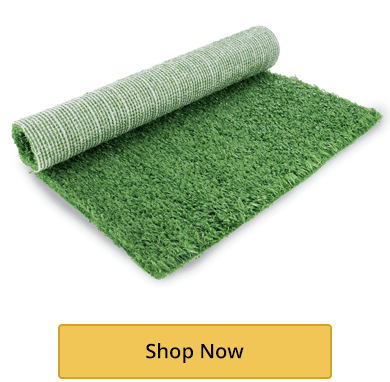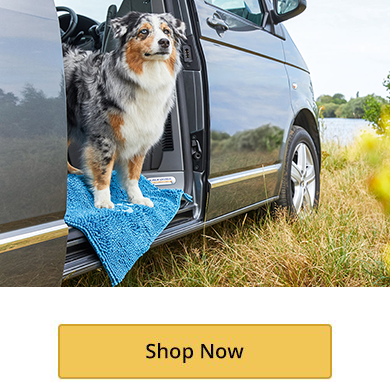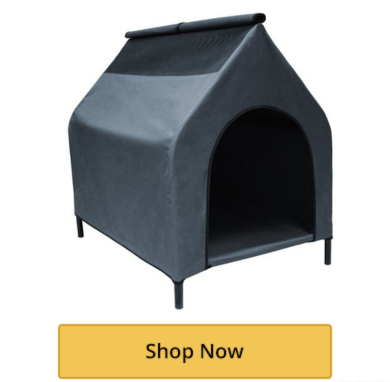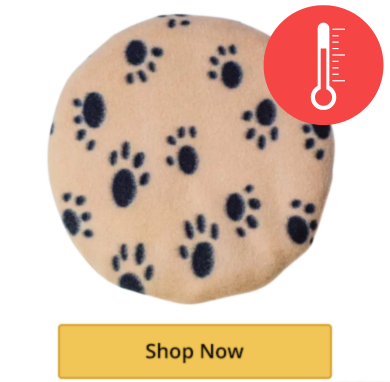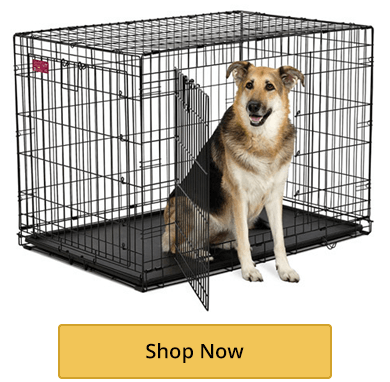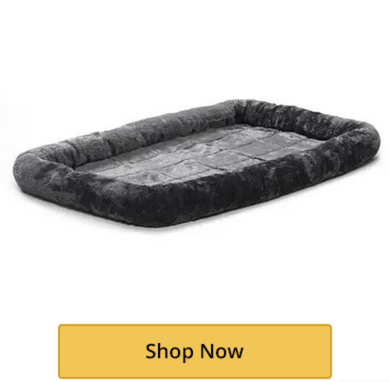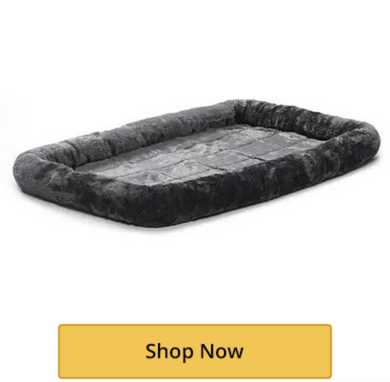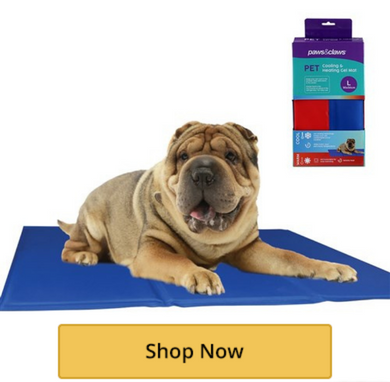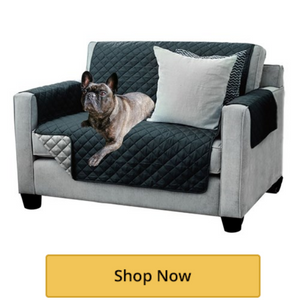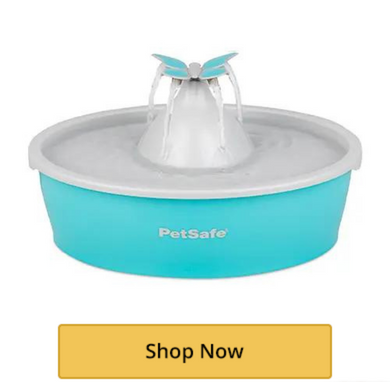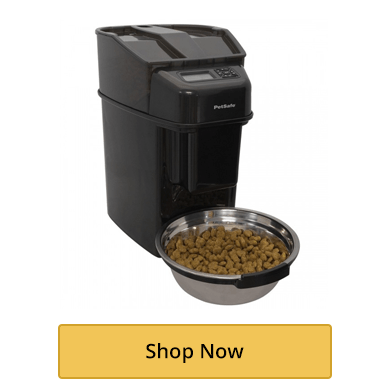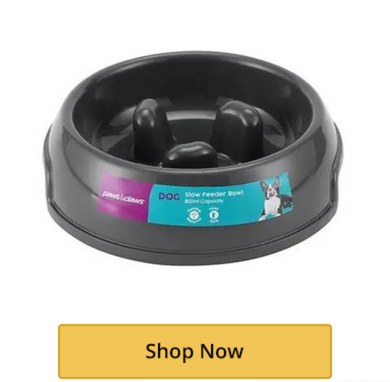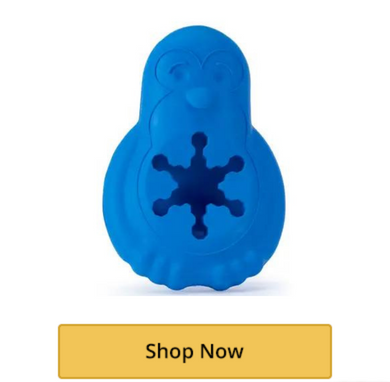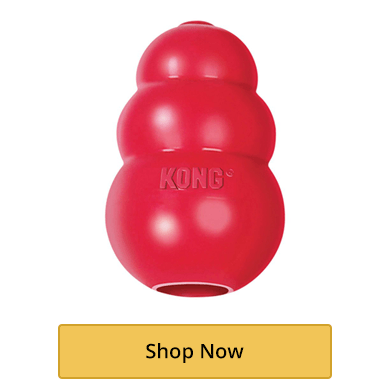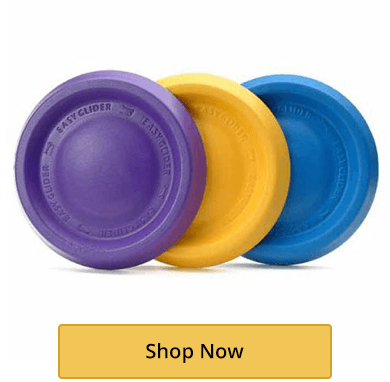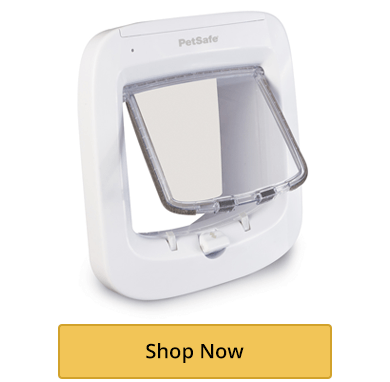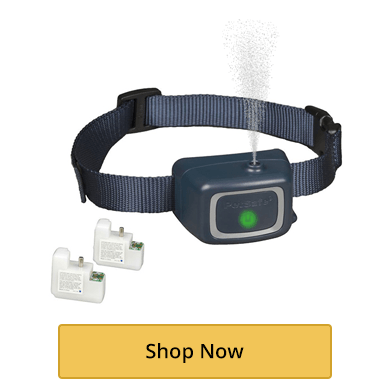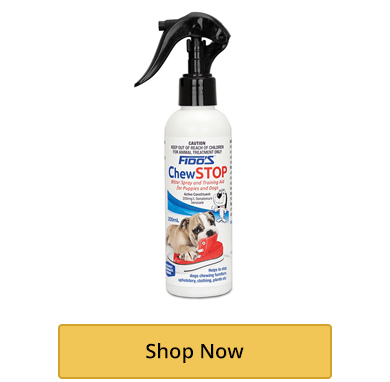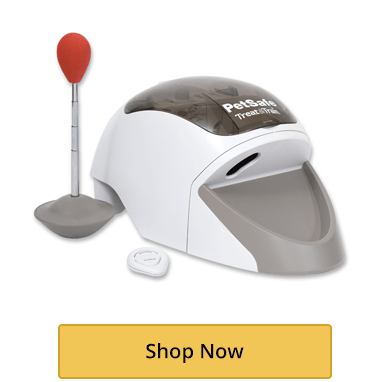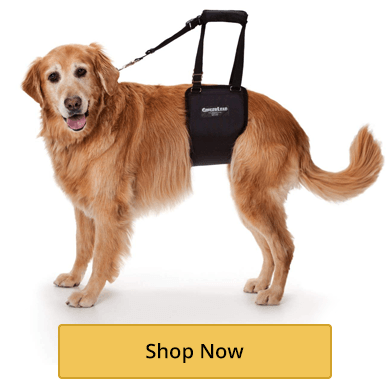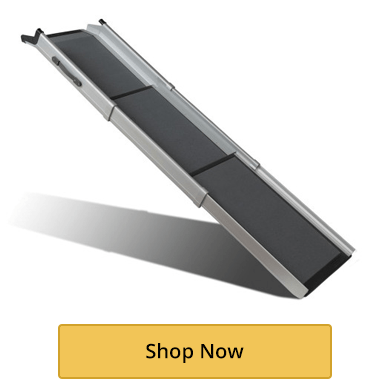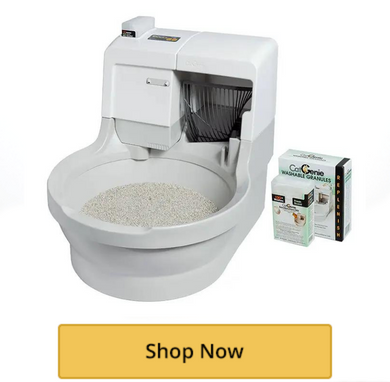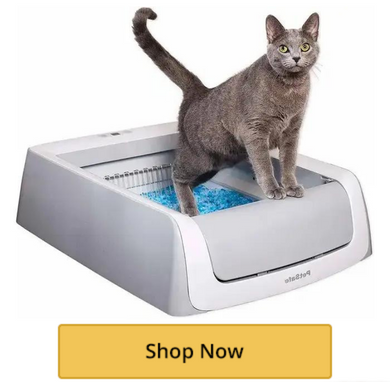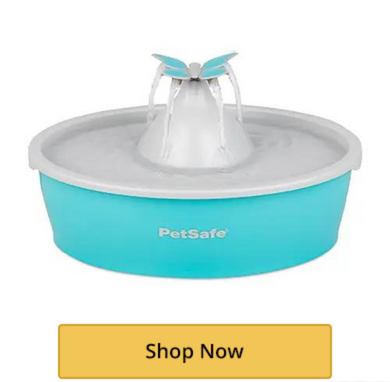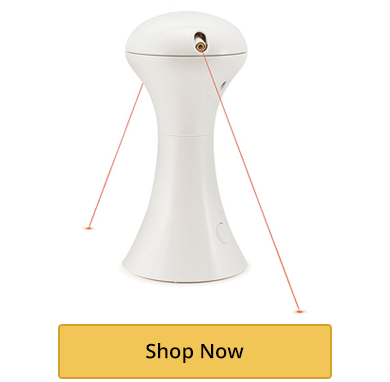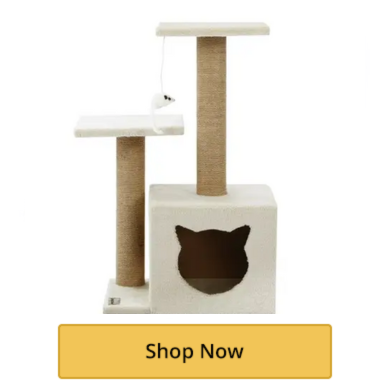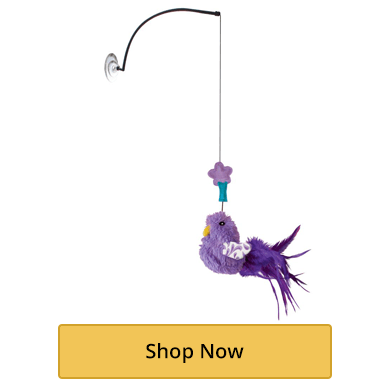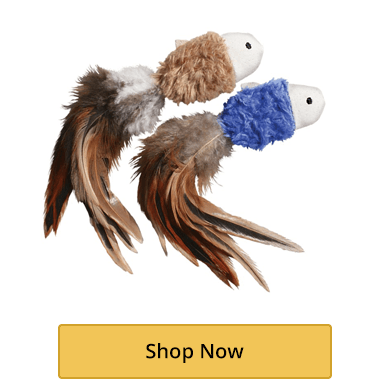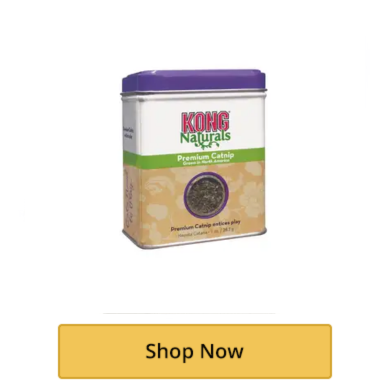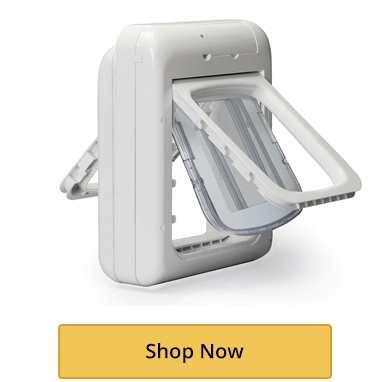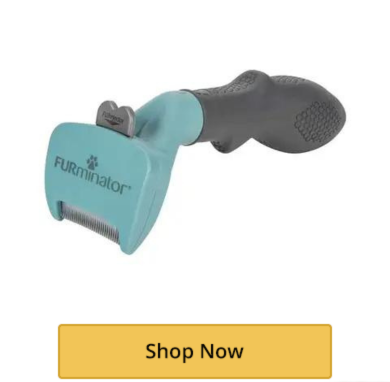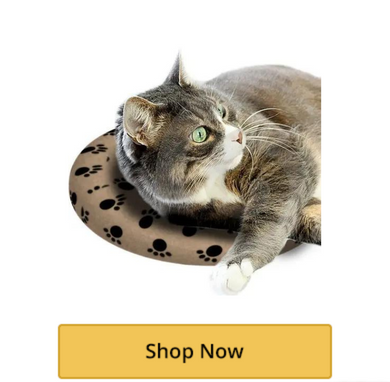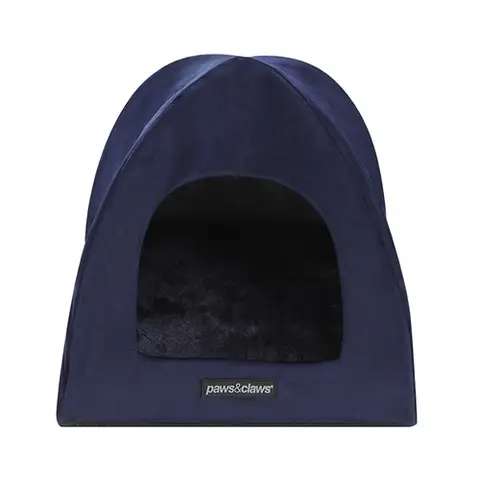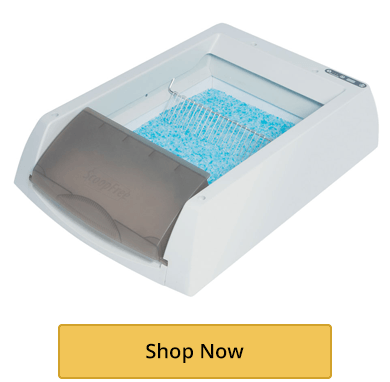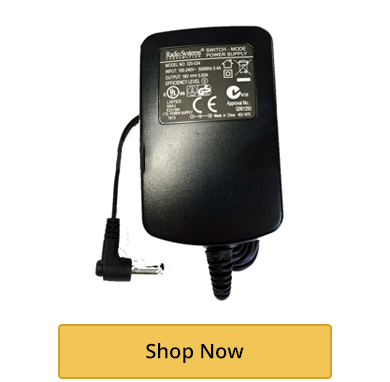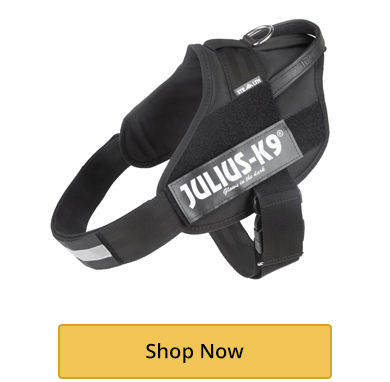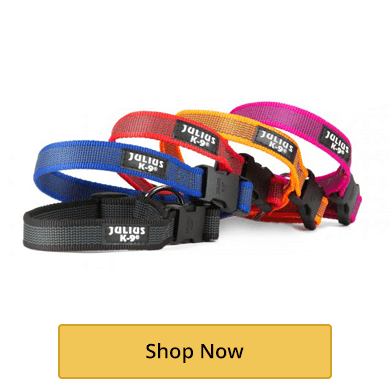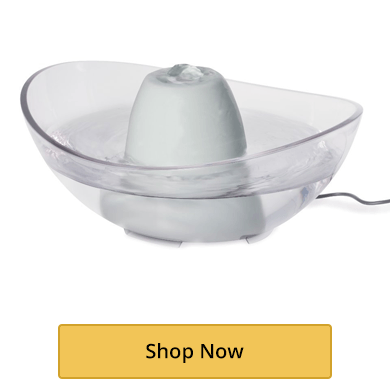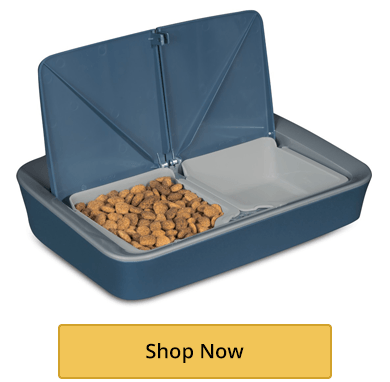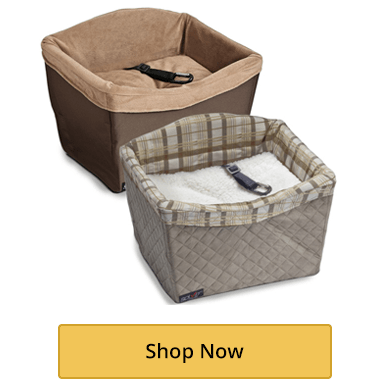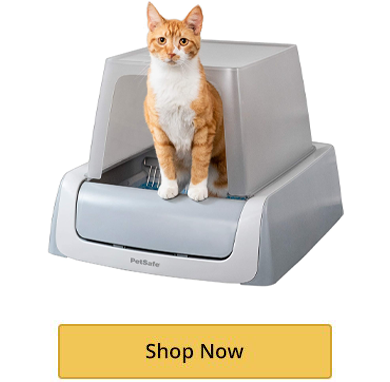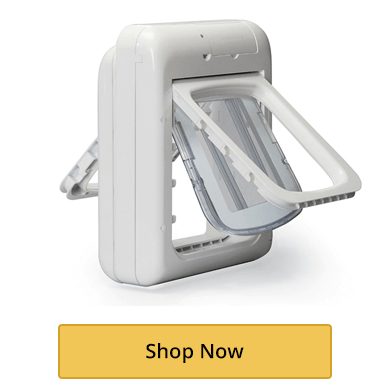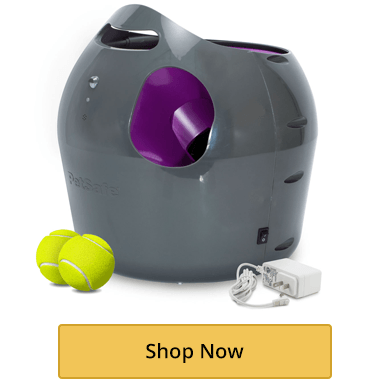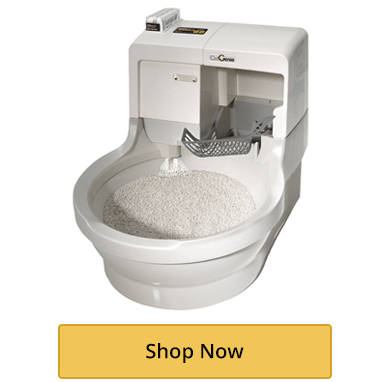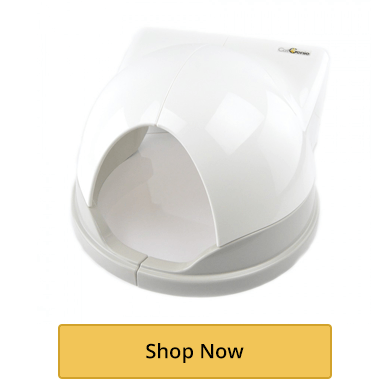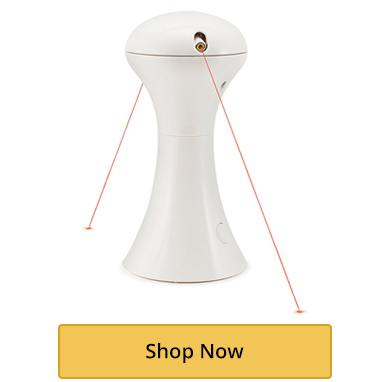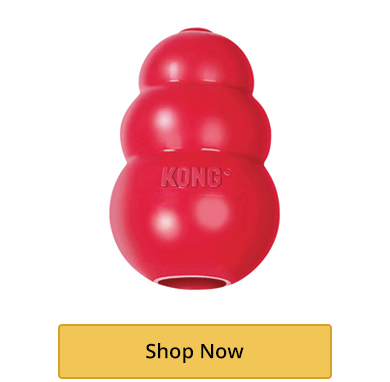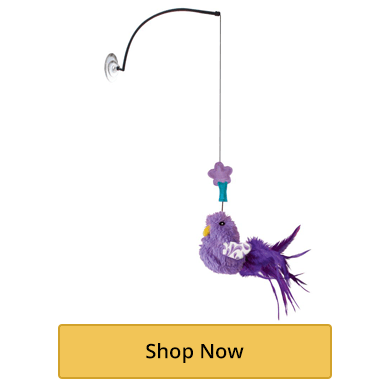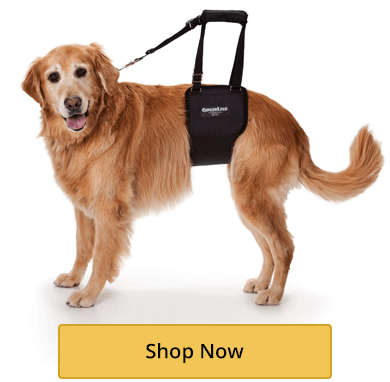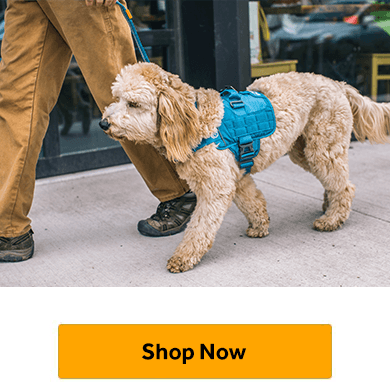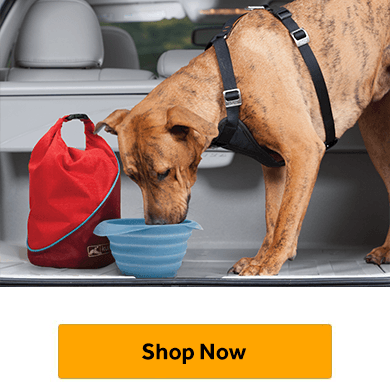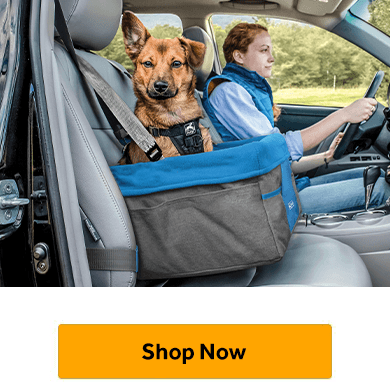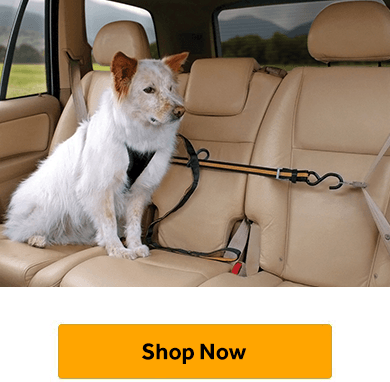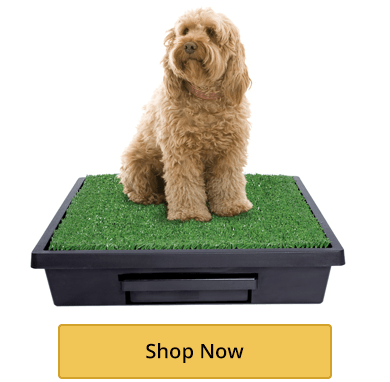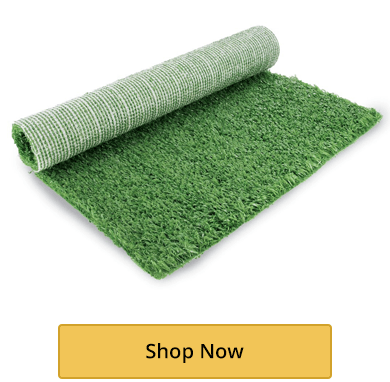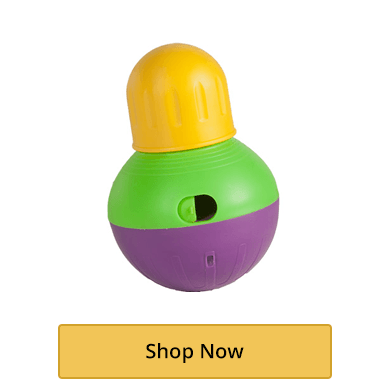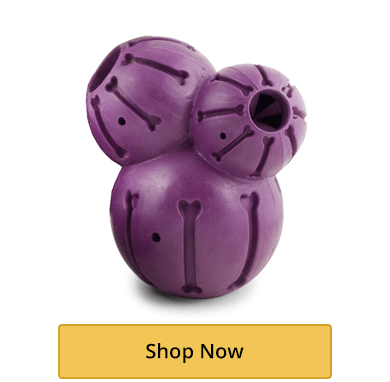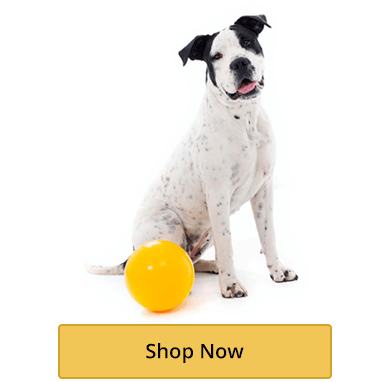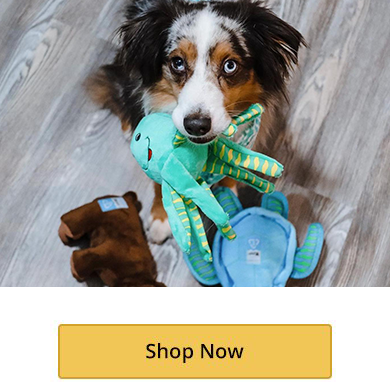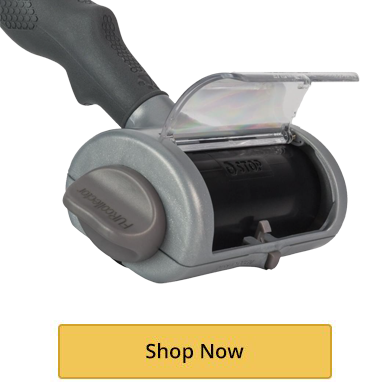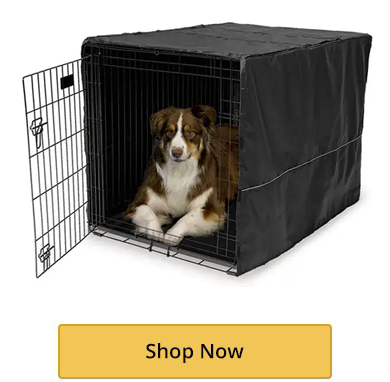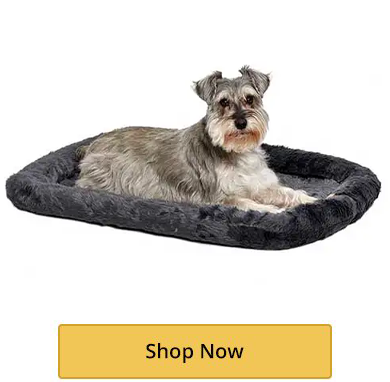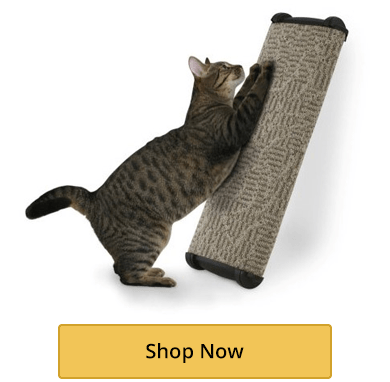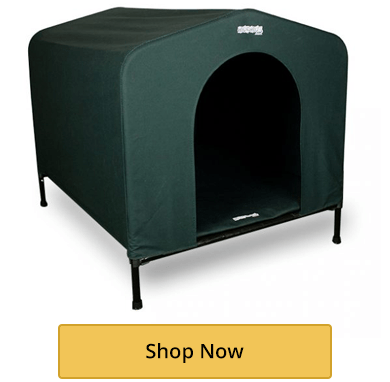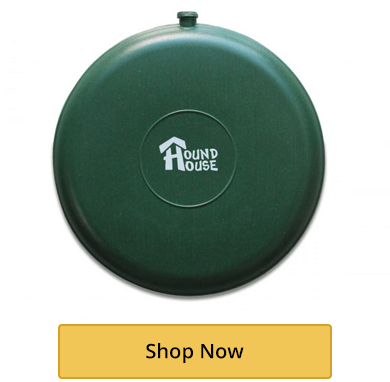Let's Chew The Fat About Your Pets Weight
- 6 Sept 2022

You hear many people talking about their weight and how much they want to lose (or gain) - but how often do we discuss our pet's weight? Obesity is a prevalent concern among domesticated pets, just like it is with humans, and it's essential as a pet owner to ensure we put a plan in place to help control our pet's weight. We all know pets will eat anything and everything when given the chance - but uncontrollable eating comes with risks.
What are the risks?
Overweight dogs and cats are at risk of arthritis, type 2 diabetes, skin problems (dry/flaky skin), liver disease and a poorer quality of life - which is the last thing we want for them!
Controlling your pet's weight
At the end of the day, your pet's health starts with you. It's up to you to ensure your pets are eating less and engaging in more physical activity if the goal is to lose weight. The first step is to understand how much food your pet needs (based on age, breed and weight). Managing your dog's weight might seem daunting, but it can be made easier with products such as an auto-feeder.
Choose the right type of food for your pet
Not only is it essential to put measures in place for the amount of food your pet eats, but it's also vital to eat the correct type of food based on their age and breed. For example, if you have an adult dog, you wouldn't feed them puppy food or puppy growth formula. If you're second-guessing what to feed your pet, you can always visit your Veterinarian to discuss the best options specifically for your pet.
Leave human foods to humans
Surely the leftovers won't hurt, right? Think again. Dogs and cats react differently to human foods. Not only can giving them our food result in weight gain, it can also result in other medical issues over time. Remember, not all human foods are safe for our furry friends.
Get them on their feet
Exercise is a sure way to see results over time (once given the all-clear by the Vet). Taking your dog for a daily walk for 15-45 minutes is an excellent place to start! Encouraging your dog to get moving will improve their movement ability, blood circulation, the digestive process, and they'll also get a good night's sleep! Cats, on the other hand...you'll have to get a bit creative with ways to get them moving (unless they'll happily walk on a lead). You can keep them busy for up to 15 minutes a day with cat toys such as wands, lasers/torches, balls, cat scratching towers, paper bags and even cat wheels - hamster wheels for cats!
Our top 5 tips for managing your pet's weight
- Invest in an auto-feeder to manage portion control easier and to ensure your dog is fed at the same time every day
- Encourage physical activity - Take your dog for daily walks or get your cat a toy they thoroughly enjoy
- Slowly replace your dog's or cat's food to something lower in carbs or calories
- Monitor their weight closely and accurately
- Discuss this topic with the family to ensure the kids know not to feed your furry friend all day and night
